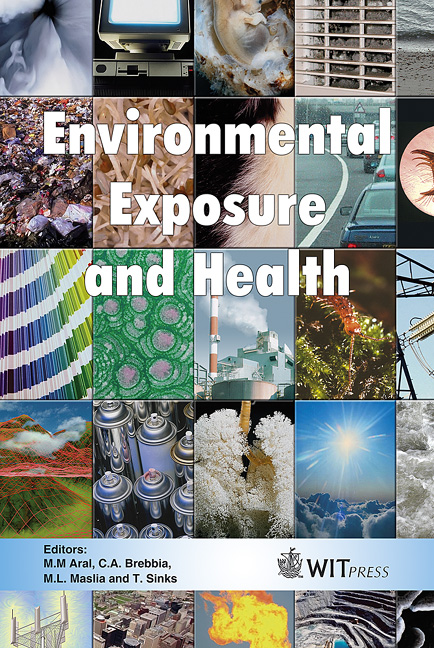Developing Effective Environmental Exposure Education For Clinicians
Price
Free (open access)
Transaction
Volume
85
Pages
10
Published
2005
Size
286 kb
Paper DOI
10.2495/EEH050471
Copyright
WIT Press
Author(s)
B. Tencza
Abstract
The Division of Toxicology and Environmental Medicine (DTEM) of the Agency for Toxic Substances and Disease Registry (ATSDR) is developing several products to increase the primary care provider's knowledge of hazardous substances in the environment and to aid in the evaluation of potentially exposed patients. Little evidence exists on how to best design and deliver medical education materials for effective environmental health educational interventions. Much evidence, however, supports best practices of designing and developing instructional materials for other educational interventions. DTEM is applying instructional design, formative evaluation, and information mapping in the development of instructional materials in three formats for the primary care provider: print-based self study, online self study and instructor-led presentation (live and taped). We are revising these three interventions with a formative evaluation process that relies on target audience (primary clinicians) input. In this paper, we explore a comparison of research findings on best practice in instructional materials development with the primary care provider’s feedback on DTEM’s materials. Suggested guidelines and lessons learned from DTEM’s materials development and the formative evaluation are discussed, and recommendations for future research in this area are presented for discussion. Keywords: Environmental Health, Education, formative evaluation, instructional design, medical education. 1 Introduction The Division of Toxicology and Environmental Medicine (DTEM) of the Agency for Toxic Substances and Disease Registry (ATSDR) is developing
Keywords
Environmental Health, Education, formative evaluation, instructional design, medical education.




